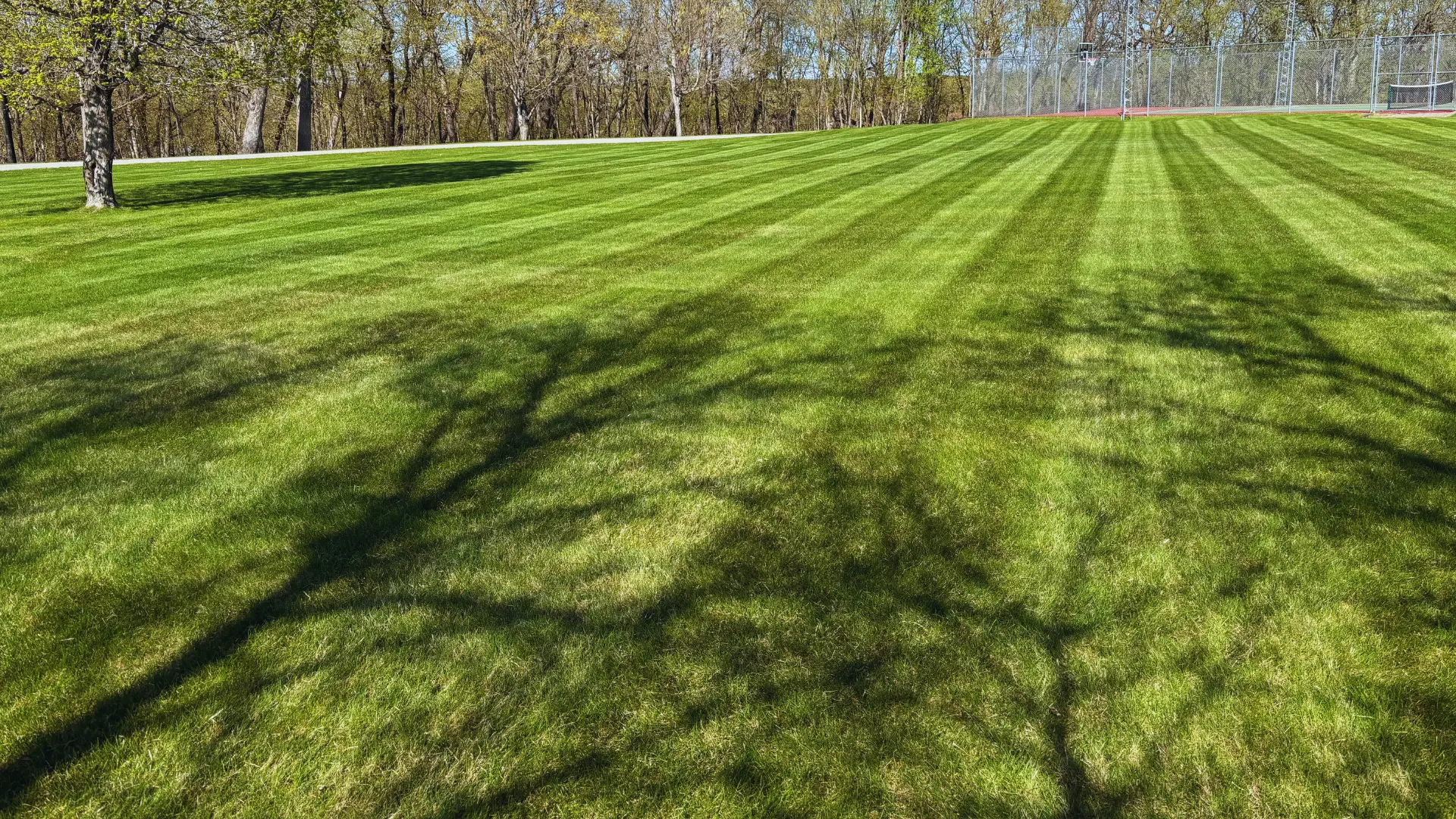Spirea are some of the toughest and most rewarding shrubs we have in our Minnesota landscapes. They are reliable, low-maintenance, and offer beautiful flowers and foliage. However, to keep them looking their best and prevent them from becoming overgrown, proper pruning is key.
The most common question we get is, "When is the best time to trim my spirea?" The answer depends entirely on one simple thing: when does it bloom?
Pruning Spirea: A Tale of Two Seasons
Spirea are divided into two main groups, and their pruning schedules are completely different.
1. Spring-Blooming Spirea (Blooms on "Old Wood")
These are the classic, old-fashioned types with cascading branches that are covered in white flowers in the spring, often before the leaves are fully out.
-
When to Prune: The rule is the same as for lilacs: prune them immediately after they finish flowering in late spring.
-
Why: As the University of Minnesota Extension explains, these spirea form their flower buds on the wood that grew the previous year. If you prune them in the fall, winter, or early spring, you will cut off all the buds and get no flowers. A light trim right after blooming gives them the whole season to produce the wood that will carry next year's blooms.
2. Summer-Blooming Spirea (Blooms on "New Wood")
These are the most common types found in modern landscapes, known for their pink, red, or white flowers that appear in summer, often with colorful foliage.
-
When to Prune: The rule for these is the exact opposite. Prune them in late fall, winter, or very early spring when the plant is dormant.
-
Why: These spirea produce their flowers on the new growth that emerges in the current season. Pruning them while they are dormant encourages a vigorous flush of new stems in the spring, which will then be covered in flowers during the summer.
Which Spirea Do I Have? A Quick Guide
Spring-Blooming (Prune AFTER flowering):
-
Vanhoutte Spirea
-
Bridal Wreath Spirea
-
Thunberg Spirea
-
Snowmound Spirea
Summer-Blooming (Prune in EARLY SPRING/LATE FALL):
-
'Goldflame' & 'Gold Mound' Spirea
-
'Anthony Waterer' Spirea
-
'Little Princess' Spirea
-
'Magic Carpet' Spirea
-
'Japanese White' Spirea
Rejuvenation Pruning: A Hard Reset for Your Shrub
Over time, summer-blooming spirea especially can become woody, leggy, and less vibrant. This is when we recommend a "rejuvenation prune"—a hard reset that can restore the shrub to its former glory.
As recommended by the University of Wisconsin-Madison Division of Extension, this is a simple but dramatic process.
-
When to Do It: Late fall after the leaves have dropped, or in very early spring before any new growth begins (March or early April in the Detroit Lakes area).
-
How to Do It: Using a sharp pair of loppers or a pruning saw, cut all the stems of the entire shrub down to about 4-6 inches from the ground.
-
The Result: This seems drastic, but for tough shrubs like summer-blooming spirea, it is incredibly effective. The plant will respond by sending up a thick flush of new, healthy stems from the base, resulting in a compact, beautifully shaped shrub with abundant flowers. This can be done every 3-5 years to keep the plant looking fresh and vigorous.
Note: This hard rejuvenation prune should only be done on summer-blooming varieties.
General Care and Fertilization
Spirea are generally very self-sufficient, but a few basics will keep them happy.
-
Sunlight: They perform best in full sun (6+ hours per day). This ensures the most vibrant foliage color and the most prolific blooms.
-
Water: They are quite drought-tolerant once established. Water new plants regularly for the first season. After that, they only need supplemental water during extended periods of hot, dry weather.
-
Fertilizer: Spirea are not heavy feeders. As the Purdue University Extension notes, they typically do not require annual fertilization. A single application of a balanced, slow-release granular fertilizer in the spring as new growth emerges is plenty to keep them healthy. Over-fertilizing can lead to excessive, weak growth and fewer flowers.
Need a Hand with Your Hedges?
Understanding the right time to prune is the key to getting the most out of your spirea. If you're unsure which type you have, or if you have an overgrown shrub that needs a professional rejuvenation prune, our team at Miller Yard Care has the expertise to help. Contact us today!


Comments (0)
Sorry! The comments have been closed.